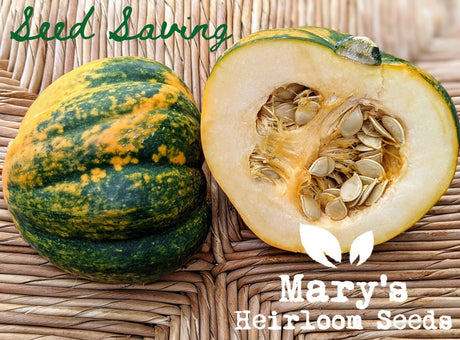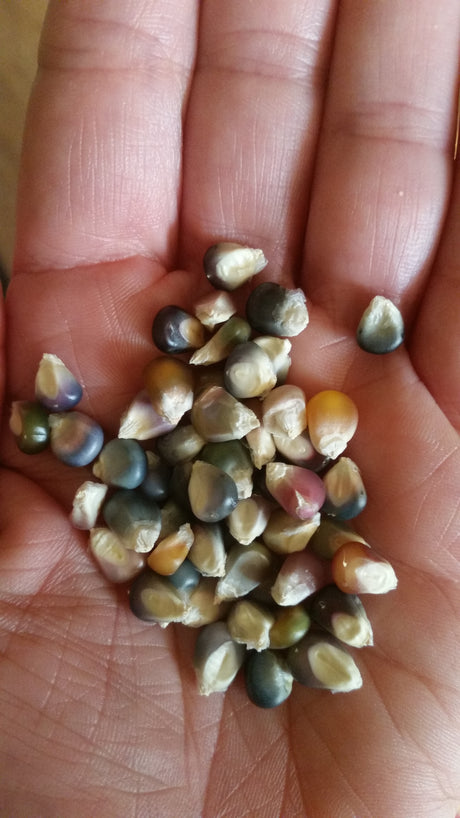
Seed Saving: Heirloom Squash
Next up in our Seed Saving series is Heirloom Squash. In case you missed it, you might want to start with Seed Saving Basics to help you get started. At...
Mary Smith |
Welcome to our store Learn more

Next up in our Seed Saving series is Heirloom Squash. In case you missed it, you might want to start with Seed Saving Basics to help you get started. At...
Mary Smith |

First up in our Seed Saving series is Heirloom Basil. In case you missed it, you might want to start with Seed Saving Basics to help you get started. Basil...
Mary Smith |

Seed saving is becoming more and more popular with backyard growers. It is exciting to see so many people ask about the "how to" of seed saving. Without generations of...
Mary Smith |

TIP: Stocking up on seeds for SHTF only works if you're actively growing and rotating seeds! Please don't fall for the "lasts indefinitely" claim from most survival seed companies. Seeds...
Mary Smith |

Saving seeds from your garden bounty is like putting money away for a rainy day. Best of all, saving your own seeds is one of many ways to regain control...
Mary Smith |

From our first post Ancient Seeds, The definition of an heirloom is a seed variety that is more than 50 years old. Some prefer a variety that is over 100...
Mary Smith |

We've had quite a few request about what to do with left over seeds. At Mary's Heirloom Seeds, a packet of Snowball Self-Blanching Cauliflower contains 200 heirloom seeds. If you...
Mary Smith |
Over 1,000 varieties of Heirloom Seeds
Free Shipping on Qualifying orders of $20 or more
Planting guides to help you grow a successful garden